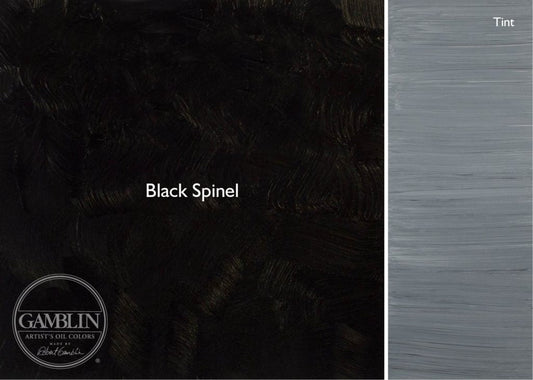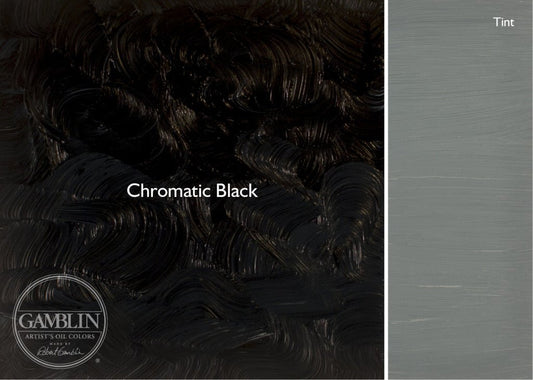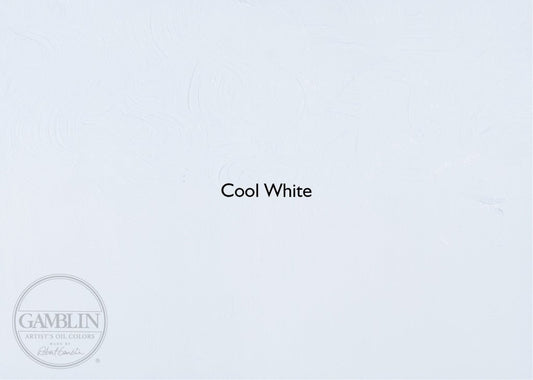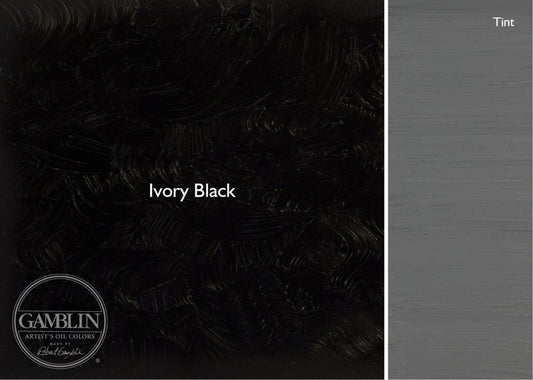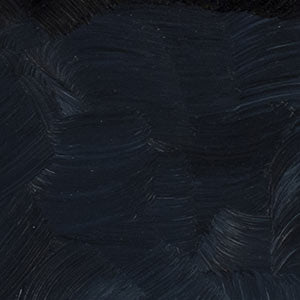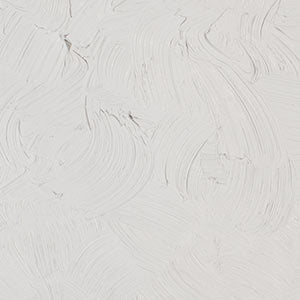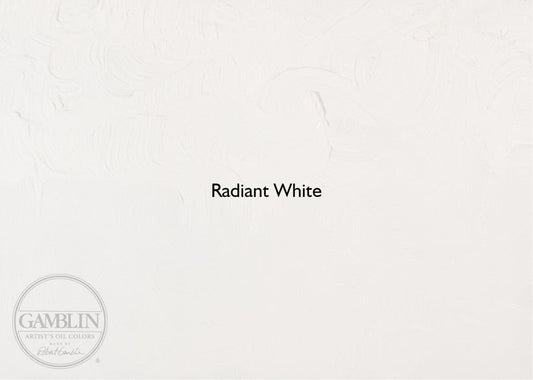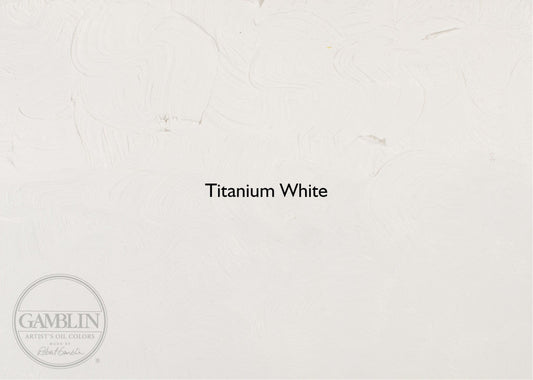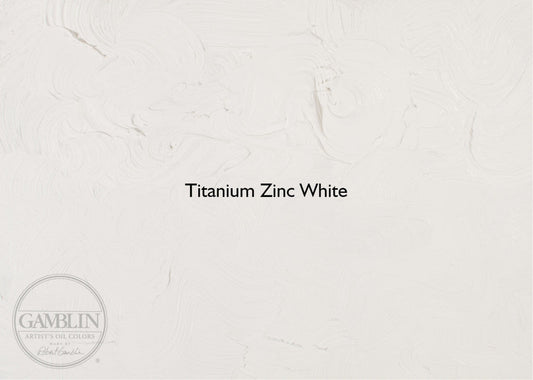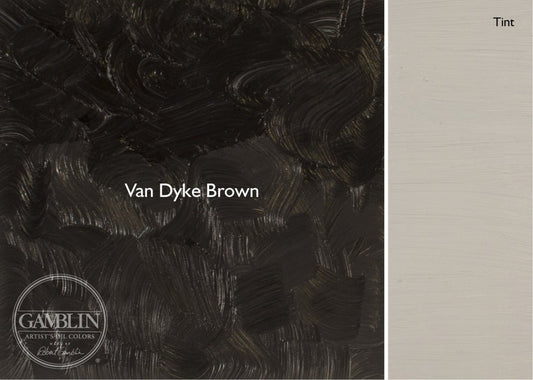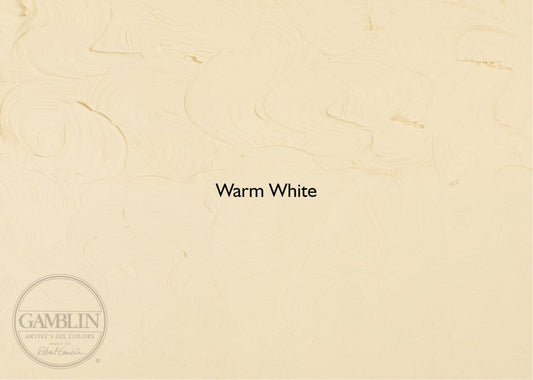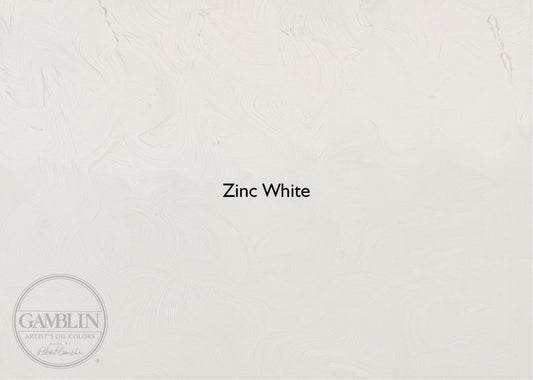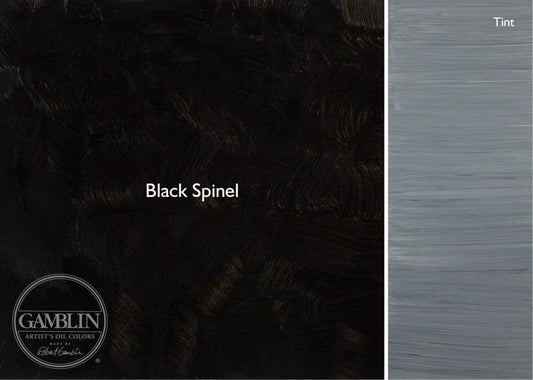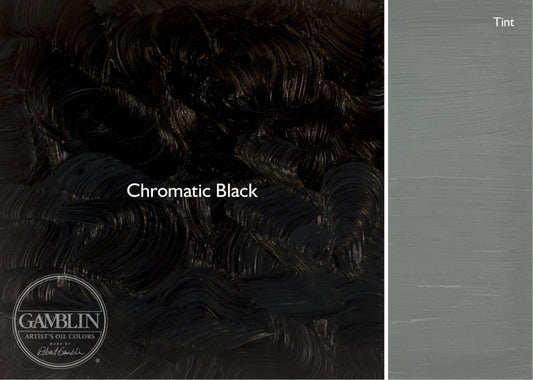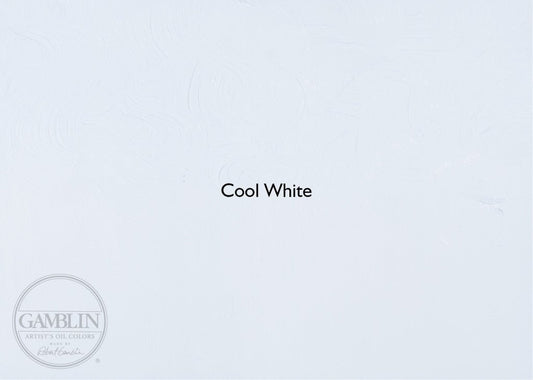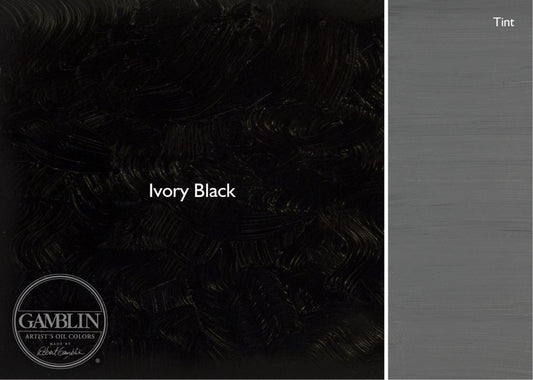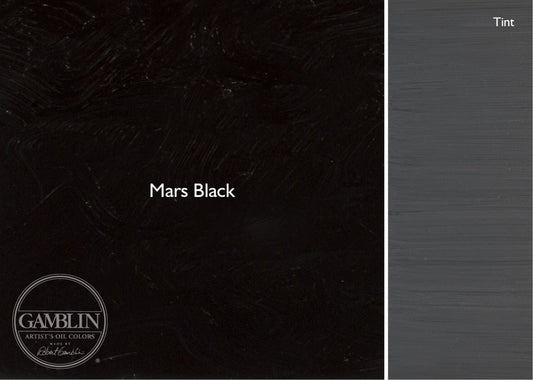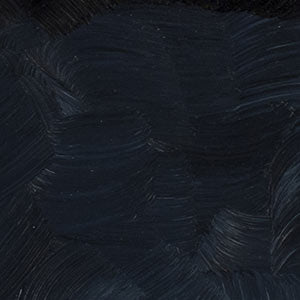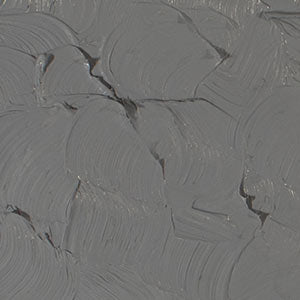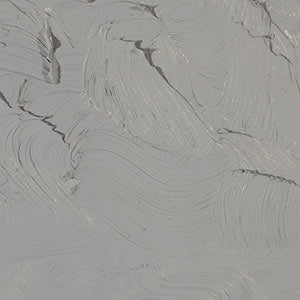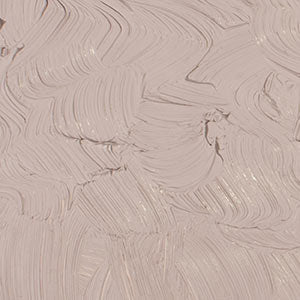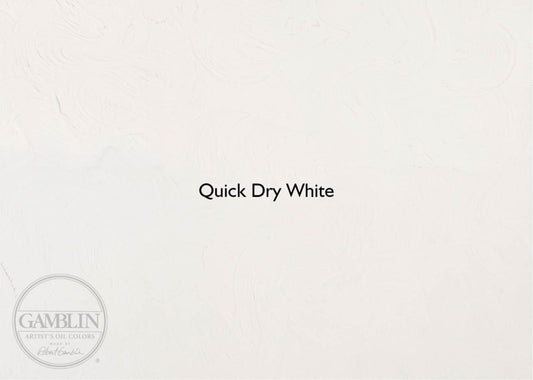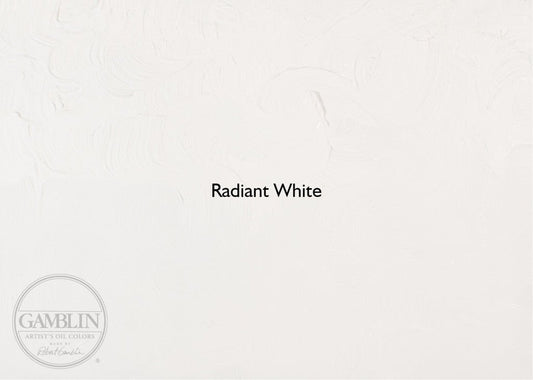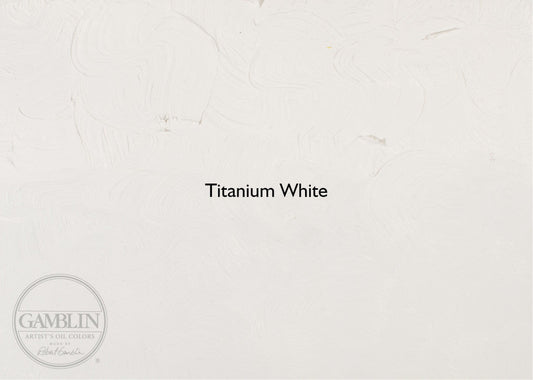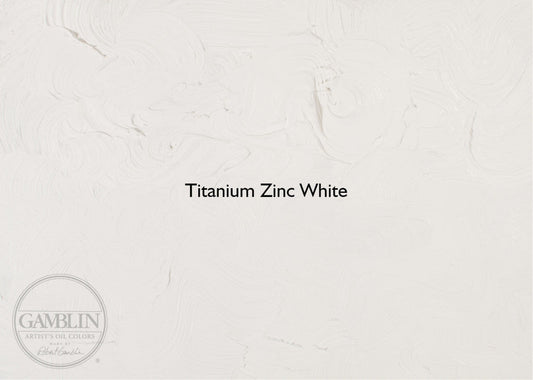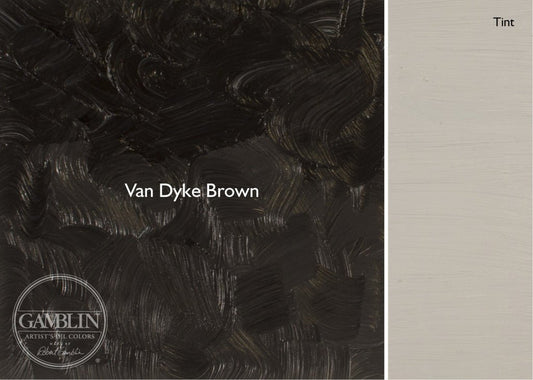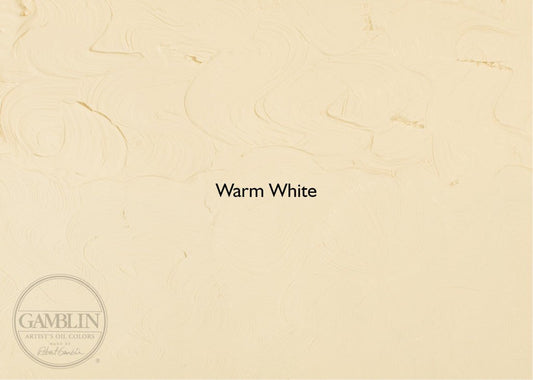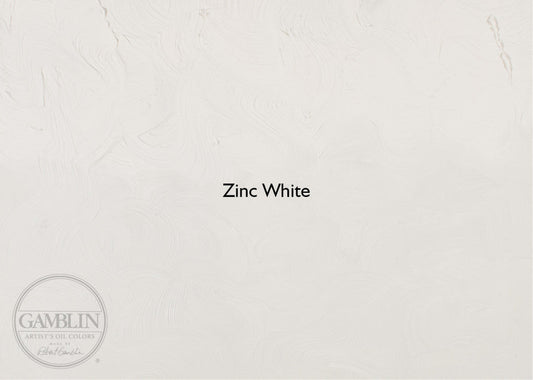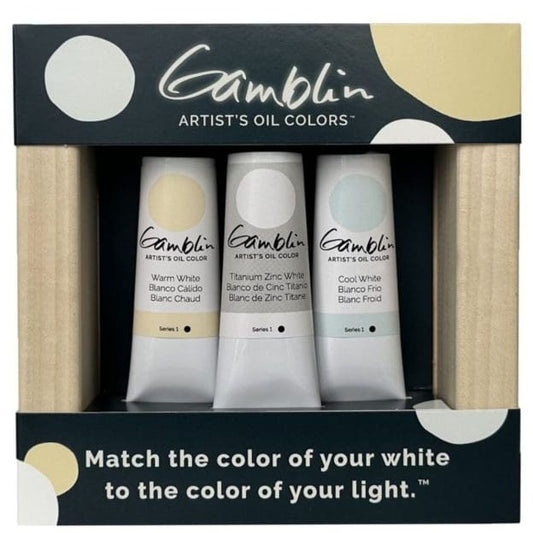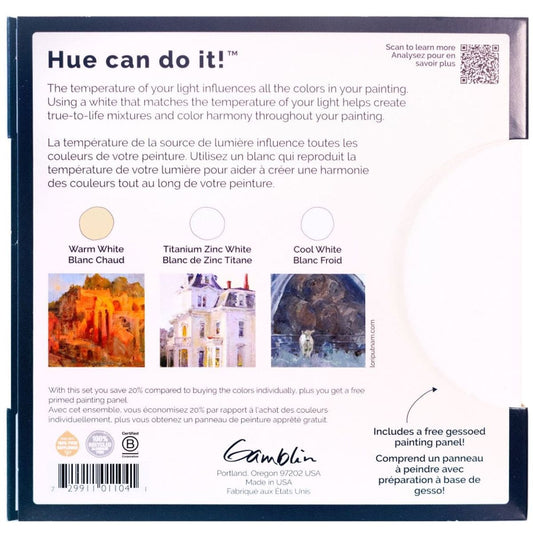-
Gamblin Artist Oil 150ml Black Spinel
Regular price $95.00Regular priceUnit price per$95.00Sale price $95.00 -
Gamblin Artist Oil 150ml Chromatic Black
Regular price $54.75Regular priceUnit price per$54.75Sale price $54.75 -
Gamblin Artist Oil 150ml Cool White
Regular price $44.95Regular priceUnit price per$44.95Sale price $44.95 -
Gamblin Artist Oil 150ml Fast Dry Titanium White
Regular price $44.95Regular priceUnit price per$44.95Sale price $44.95 -
Gamblin Artist Oil 150ml Flake White Replacement
Regular price $44.95Regular priceUnit price per$44.95Sale price $44.95 -
Gamblin Artist Oil 150ml Ivory Black
Regular price $44.95Regular priceUnit price per$44.95Sale price $44.95 -
Gamblin Artist Oil 150ml Mars Black
Regular price $44.95Regular priceUnit price per$44.95Sale price $44.95 -
Gamblin Artist Oil 150ml Payne's Grey
Regular price $54.75Regular priceUnit price per$54.75Sale price $54.75 -
Gamblin Artist Oil 150ml Portland Grey Light
Regular price $54.75Regular priceUnit price per$54.75Sale price $54.75 -
Gamblin Artist Oil 150ml Radiant White
Regular price $54.75Regular priceUnit price per$54.75Sale price $54.75 -
Gamblin Artist Oil 150ml Titanium White
Regular price $44.95Regular priceUnit price per$44.95Sale price $44.95 -
Gamblin Artist Oil 150ml Titanium Zinc White
Regular price $44.95Regular priceUnit price per$44.95Sale price $44.95 -
Gamblin Artist Oil 150ml Van Dyke Brown
Regular price $44.95Regular priceUnit price per$44.95Sale price $44.95 -
Gamblin Artist Oil 150ml Warm White
Regular price $44.95Regular priceUnit price per$44.95Sale price $44.95 -
Gamblin Artist Oil 150ml Zinc White
Regular price $44.95Regular priceUnit price per$44.95Sale price $44.95 -
Gamblin Artist Oil 37ml Black Spinel
Regular price $39.40Regular priceUnit price per$33.70Sale price $39.40 -
Gamblin Artist Oil 37ml Chromatic Black
Regular price $19.75Regular priceUnit price per$19.75Sale price $19.75 -
Gamblin Artist Oil 37ml Cool White
Regular price $16.50Regular priceUnit price per$16.50Sale price $16.50 -
Gamblin Artist Oil 37ml Flake White Replacement
Regular price $16.50Regular priceUnit price per$16.50Sale price $16.50 -
Gamblin Artist Oil 37ml Ivory Black
Regular price $16.50Regular priceUnit price per$16.50Sale price $16.50 -
Gamblin Artist Oil 37ml Mars Black
Regular price $16.50Regular priceUnit price per$16.50Sale price $16.50 -
Gamblin Artist Oil 37ml Payne's Grey
Regular price $19.75Regular priceUnit price per$19.75Sale price $19.75 -
Gamblin Artist Oil 37ml Portland Cool Grey
Regular price $19.75Regular priceUnit price per$19.75Sale price $19.75 -
Gamblin Artist Oil 37ml Portland Grey Deep
Regular price $19.75Regular priceUnit price per$19.75Sale price $19.75 -
Gamblin Artist Oil 37ml Portland Grey Medium
Regular price $19.75Regular priceUnit price per$19.75Sale price $19.75 -
Gamblin Artist Oil 37ml Portland Warm Grey
Regular price $19.75Regular priceUnit price per$19.75Sale price $19.75 -
Gamblin Artist Oil 37ml Quick Dry White
Regular price $16.50Regular priceUnit price per$16.50Sale price $16.50 -
Gamblin Artist Oil 37ml Radiant White
Regular price $19.75Regular priceUnit price per$19.75Sale price $19.75 -
Gamblin Artist Oil 37ml Titanium White
Regular price $16.50Regular priceUnit price per$16.50Sale price $16.50 -
Gamblin Artist Oil 37ml Titanium Zinc White
Regular price $16.50Regular priceUnit price per$16.50Sale price $16.50 -
Gamblin Artist Oil 37ml Van Dyke Brown
Regular price $16.50Regular priceUnit price per$16.50Sale price $16.50 -
Gamblin Artist Oil 37ml Warm White
Regular price $16.50Regular priceUnit price per$16.50Sale price $16.50 -
Gamblin Artist Oil 37ml Zinc White
Regular price $16.50Regular priceUnit price per$16.50Sale price $16.50 -
Gamblin Artist Oil Colours – Whites Set
Regular price $52.00Regular priceUnit price per$52.00Sale price $52.00 -
Gamblin Artist Oil Mineral 150ml Titanium Buff
Regular price $44.95Regular priceUnit price per$44.95Sale price $44.95 -
Gamblin Artist Oil Mineral 37ml Titanium Buff
Regular price $16.50Regular priceUnit price per$16.50Sale price $16.50

